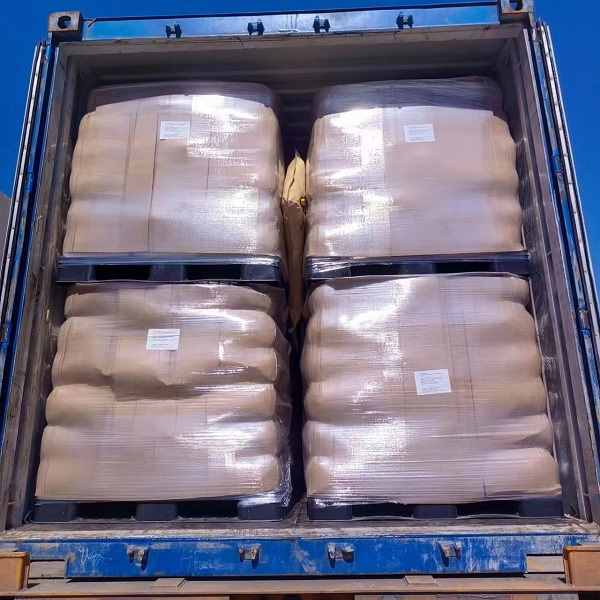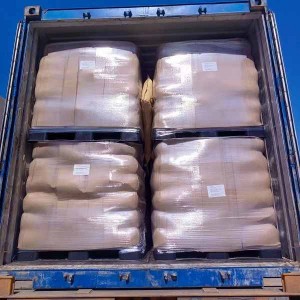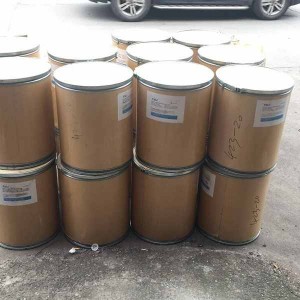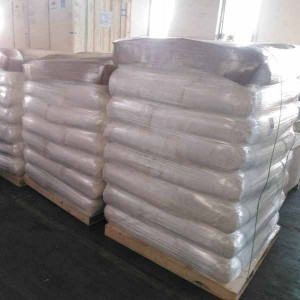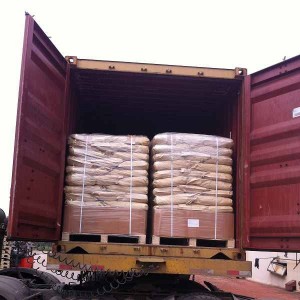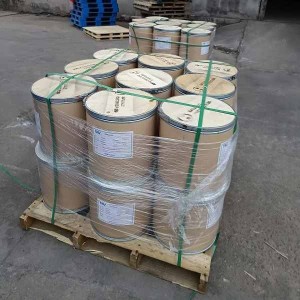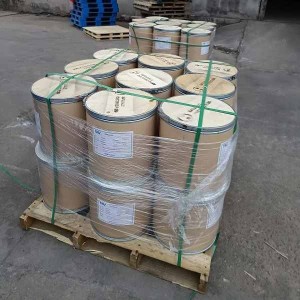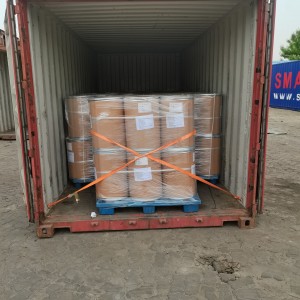CAS 128-37-0 2,6-Di-tert-butyl-4-methylphenol
Butylated hydroxytoluene CAS 128-37-0 is an organic compound with the chemical formula C15H24O. It is a white crystalline or crystalline powder with antioxidant and anti-corrosion properties. It is low toxic, non flammable, non corrosive, and has good storage stability. It can inhibit or delay the oxidative degradation of plastics or rubber and extend its service life. Widely used in various cosmetics.
Chinese name: 2,6-di-tert-butylp-methylphenol
Foreign name: 2,6-Di-tert-butyl-4-methylphenol
Nickname: butyrate toluenate; 2,6-Di-trimethylbutyl-4-methylphenol; Butyl hydroxytoluene
Chemical formula: C15H24O/C6H2 (OH) (CH3) (C (CH3) 3) 2
Molecular weight: 220.34
CAS login number: 128-37-0
EINECS login number: 204-881-4
Melting point: 69 ℃
Boiling point: 265 ℃
Density: 1.048
Appearance: White crystalline or crystalline powder
Flash point: 127 ℃
Product Usage
1. As a universal phenolic antioxidant. Widely used in polymer materials, petroleum products, and food processing industries. This product is a commonly used rubber antioxidant. It has a certain protective effect on thermal and oxygen aging, and can also suppress copper damage. When used alone, it does not have ozone resistance, but when combined with ozone resistant agents and waxes, it can protect against various weather factors that can cause damage to vulcanized rubber. It can also serve as a gelling inhibitor in styrene butadiene rubber. The general dosage in rubber is 0.5-3 parts. When the dosage increases to 3-5 parts, there will be no frost spraying. This product can also be used as a stabilizer for the treatment and storage of synthetic rubber, and can be used for rubber varieties such as styrene butadiene rubber, butadiene rubber, ethylene propylene rubber, chloroprene rubber, etc. Antioxidant 264 is an effective antioxidant in some polymer materials. This product is an effective stabilizer in polyethylene, polyvinyl chloride (dosage 0.01-0.1%), and polyethylene ether. Antioxidant 264 is an excellent antioxidant additive for various petroleum products. Good oil solubility. This product can also be used as an antioxidant in the food processing industry, and is used in foods with high oil content. The dosage is less than 0.2 g/kg in fats, butter, dried fish and shellfish products, salted fish and shellfish products, frozen whale meat products, etc., and less than 0.75 g/kg in chewing gum. The usage of this product includes immersion method, direct mixing method, mixing method after dissolving in ethanol, spray method, etc. The United States, Japan, and the European Community all consider this product as a statutory feed additive. The European Community stipulates that the maximum dosage in feed is 150ppm and can be used for various types of feed.
BHT is an oil soluble antioxidant widely used domestically and internationally. Although highly toxic, it has strong antioxidant capacity, good heat resistance and stability, no specific odor, and no color reaction when encountering metal ions. Moreover, its price is low, only 1/5-1/8 of BHA. It is still used as the main antioxidant in China. Generally used in combination with BHA and with citric acid or other organic acids as synergistic agents. According to Chinese regulations, it can be used for edible fats, fried foods, biscuits, instant noodles, instant boiled rice, canned nuts, dried fish products, and cured meat products, with a maximum usage of 0.2g/kg. This product also has certain antibacterial effects, but is weaker than BHA.
3. One of the universal phenolic antioxidants. Used as a non polluting antioxidant, it can effectively inhibit air oxidation, thermal degradation, and copper damage. It can be used as an antioxidant and heat stabilizer for polyolefins, polyester, polystyrene, ABS resin, polyvinyl chloride, cellulose resin, etc. Used in the rubber industry as an antioxidant and anti deterioration agent for natural rubber and synthetic rubbers such as styrene butadiene, butyl, chloroprene, nitrile, ethylene-propylene, and butadiene. It is also used as an antioxidant for petroleum products, EVA type hot melt adhesives, unsaturated fatty acid coatings, etc. Food grade di-tert-butyl p-cresol is a permitted food antioxidant that can be used in fats, baked goods, fried foods, grain foods, dairy products, meat products, and preserves. It can also be used as an antioxidant for cosmetics, spices, feed, etc. In addition, it can also be used as an additive for lubricating oil and fuel oil to improve the stability of the oil. The dosage is usually 0.05% to 1.0%.
Storage and transportation methods
1. Transportation precautions: The packaging should be complete during transportation and the loading should be stable. During transportation, it is necessary to ensure that the container does not leak, collapse, fall, or be damaged. It is strictly prohibited to mix and transport with oxidants, alkalis, edible chemicals, etc. During transportation, it is necessary to prevent exposure to sunlight, rain, and high temperatures. The vehicle should be thoroughly cleaned after transportation;
2. Storage precautions: Store in a cool and ventilated warehouse. Keep away from sparks and heat sources. It should be stored separately from oxidants, alkalis, etc. and should not be mixed for storage. Equip corresponding types and quantities of fire-fighting equipment. The storage area should be equipped with suitable materials to contain leaks.
ChemicalCAS.com offers price quotation and technology support of chemical from China. In the quotation from China factory supplier, we will include price terms, payment, lead time, COA, TDS, MSDS etc. We make sure the reliable purchase source and product quality. If you need to buy chemical from China, please feel free to contact sales@chemicalcas.com






